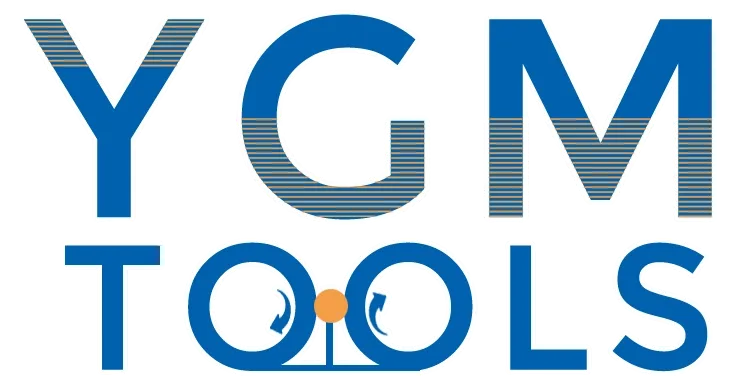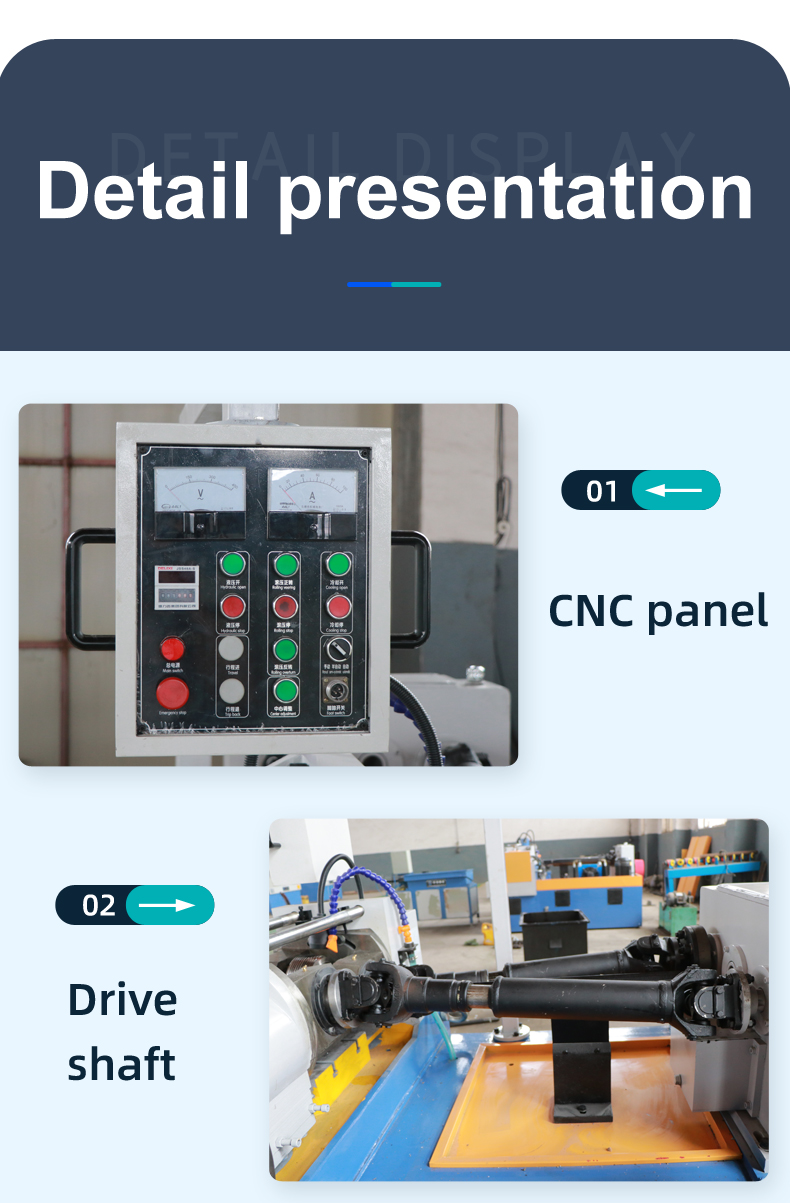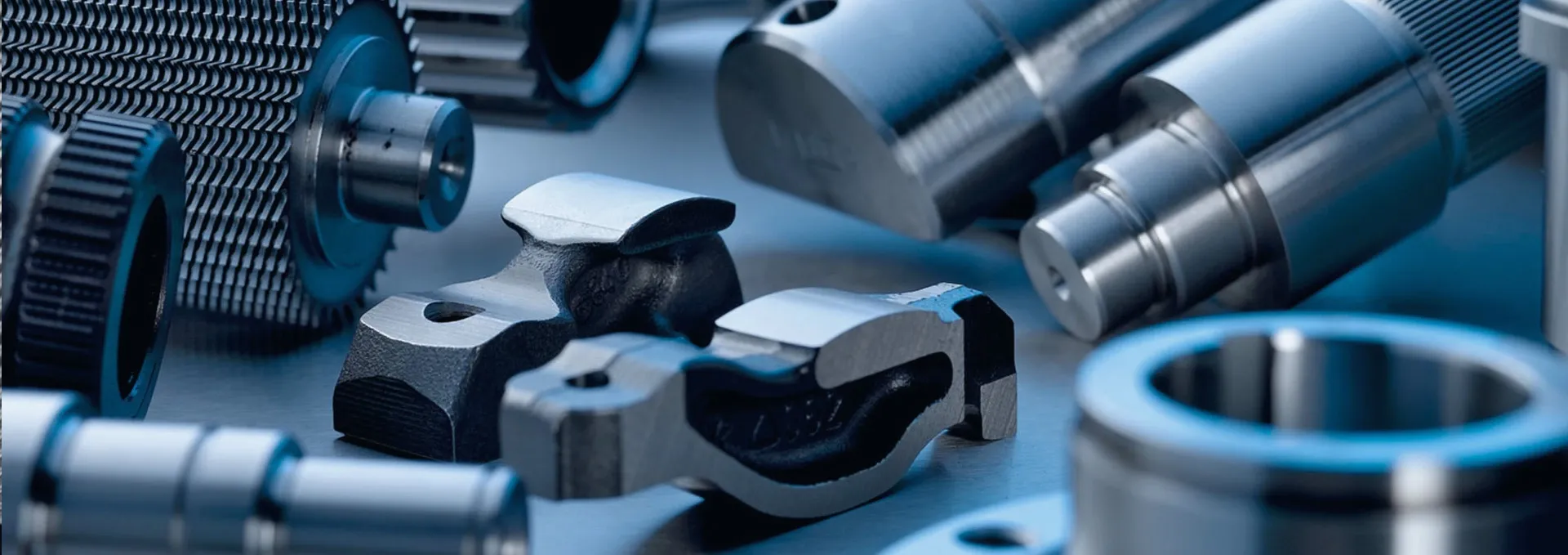
-
 Afrikaans
Afrikaans -
 Albanian
Albanian -
 Amharic
Amharic -
 Arabic
Arabic -
 Armenian
Armenian -
 Azerbaijani
Azerbaijani -
 Basque
Basque -
 Belarusian
Belarusian -
 Bengali
Bengali -
 Bosnian
Bosnian -
 Bulgarian
Bulgarian -
 Catalan
Catalan -
 Cebuano
Cebuano -
 Corsican
Corsican -
 Croatian
Croatian -
 Czech
Czech -
 Danish
Danish -
 Dutch
Dutch -
 English
English -
 Esperanto
Esperanto -
 Estonian
Estonian -
 Finnish
Finnish -
 French
French -
 Frisian
Frisian -
 Galician
Galician -
 Georgian
Georgian -
 German
German -
 Greek
Greek -
 Gujarati
Gujarati -
 Haitian Creole
Haitian Creole -
 hausa
hausa -
 hawaiian
hawaiian -
 Hebrew
Hebrew -
 Hindi
Hindi -
 Miao
Miao -
 Hungarian
Hungarian -
 Icelandic
Icelandic -
 igbo
igbo -
 Indonesian
Indonesian -
 irish
irish -
 Italian
Italian -
 Japanese
Japanese -
 Javanese
Javanese -
 Kannada
Kannada -
 kazakh
kazakh -
 Khmer
Khmer -
 Rwandese
Rwandese -
 Korean
Korean -
 Kurdish
Kurdish -
 Kyrgyz
Kyrgyz -
 Lao
Lao -
 Latin
Latin -
 Latvian
Latvian -
 Lithuanian
Lithuanian -
 Luxembourgish
Luxembourgish -
 Macedonian
Macedonian -
 Malgashi
Malgashi -
 Malay
Malay -
 Malayalam
Malayalam -
 Maltese
Maltese -
 Maori
Maori -
 Marathi
Marathi -
 Mongolian
Mongolian -
 Myanmar
Myanmar -
 Nepali
Nepali -
 Norwegian
Norwegian -
 Norwegian
Norwegian -
 Occitan
Occitan -
 Pashto
Pashto -
 Persian
Persian -
 Polish
Polish -
 Portuguese
Portuguese -
 Punjabi
Punjabi -
 Romanian
Romanian -
 Russian
Russian -
 Samoan
Samoan -
 Scottish Gaelic
Scottish Gaelic -
 Serbian
Serbian -
 Sesotho
Sesotho -
 Shona
Shona -
 Sindhi
Sindhi -
 Sinhala
Sinhala -
 Slovak
Slovak -
 Slovenian
Slovenian -
 Somali
Somali -
 Spanish
Spanish -
 Sundanese
Sundanese -
 Swahili
Swahili -
 Swedish
Swedish -
 Tagalog
Tagalog -
 Tajik
Tajik -
 Tamil
Tamil -
 Tatar
Tatar -
 Telugu
Telugu -
 Thai
Thai -
 Turkish
Turkish -
 Turkmen
Turkmen -
 Ukrainian
Ukrainian -
 Urdu
Urdu -
 Uighur
Uighur -
 Uzbek
Uzbek -
 Vietnamese
Vietnamese -
 Welsh
Welsh -
 Bantu
Bantu -
 Yiddish
Yiddish -
 Yoruba
Yoruba -
 Zulu
Zulu
Чер . 14, 2024 11:57
Back to list
Unique thread rolling techniques for specialized applications.
Custom Types of Thread Rolling An In-Depth Perspective
Thread rolling, an essential process in metalworking, is a cold-forming operation that creates threads on a part by shaping it with a die. This method is preferred over cutting due to its ability to produce stronger, more precise threads with a higher surface finish. However, the versatility of thread rolling extends beyond standard applications, as it can be tailored to accommodate a wide range of custom types for specific industrial needs.
Custom thread rolling is a specialized process that allows manufacturers to create unique thread profiles, pitches, and sizes that meet unconventional design requirements. It opens up new possibilities in industries such as aerospace, automotive, and oil and gas, where precision and durability are paramount.
One significant advantage of custom thread rolling is the capacity to work with diverse materials. From soft aluminum to hard stainless steel, the process can adapt to the unique properties of each material, ensuring optimal thread integrity and performance. Furthermore, custom thread rolling can also accommodate irregular or complex geometries, such as internal threads in blind holes or external threads on contoured surfaces.
There are three primary types of thread rolling processes single-die, double-die, and three-die rolling. Each offers distinct advantages and can be customized further to suit specific applications. For instance, single-die rolling is ideal for producing small batches of unique thread designs, while double-die and three-die methods are more efficient for mass production of complex or large-sized threads For instance, single-die rolling is ideal for producing small batches of unique thread designs, while double-die and three-die methods are more efficient for mass production of complex or large-sized threads For instance, single-die rolling is ideal for producing small batches of unique thread designs, while double-die and three-die methods are more efficient for mass production of complex or large-sized threads For instance, single-die rolling is ideal for producing small batches of unique thread designs, while double-die and three-die methods are more efficient for mass production of complex or large-sized threads
For instance, single-die rolling is ideal for producing small batches of unique thread designs, while double-die and three-die methods are more efficient for mass production of complex or large-sized threads For instance, single-die rolling is ideal for producing small batches of unique thread designs, while double-die and three-die methods are more efficient for mass production of complex or large-sized threads custom types of thread rolling.
In addition to the type of rolling, the dies used in custom thread rolling can be intricately designed to achieve intricate thread patterns. These dies can be made from high-speed steel, carbide, or even ceramic, depending on the required durability and the material being rolled.
Custom thread rolling also offers benefits in terms of efficiency and cost-effectiveness. By creating threads without generating chips or sparks, it reduces waste and eliminates the need for post-processing, such as cleaning or coating. Moreover, the process can be automated, leading to increased productivity and consistent quality.
In conclusion, custom types of thread rolling open up a world of possibilities in engineering and manufacturing. It empowers designers to push the boundaries of thread design, enabling the creation of components with enhanced performance, durability, and functionality. Whether it's for a specialized fastener in aerospace or a unique threading solution in the automotive industry, custom thread rolling continues to play a pivotal role in driving innovation and meeting the ever-evolving demands of modern engineering.
custom types of thread rolling.
In addition to the type of rolling, the dies used in custom thread rolling can be intricately designed to achieve intricate thread patterns. These dies can be made from high-speed steel, carbide, or even ceramic, depending on the required durability and the material being rolled.
Custom thread rolling also offers benefits in terms of efficiency and cost-effectiveness. By creating threads without generating chips or sparks, it reduces waste and eliminates the need for post-processing, such as cleaning or coating. Moreover, the process can be automated, leading to increased productivity and consistent quality.
In conclusion, custom types of thread rolling open up a world of possibilities in engineering and manufacturing. It empowers designers to push the boundaries of thread design, enabling the creation of components with enhanced performance, durability, and functionality. Whether it's for a specialized fastener in aerospace or a unique threading solution in the automotive industry, custom thread rolling continues to play a pivotal role in driving innovation and meeting the ever-evolving demands of modern engineering.
 For instance, single-die rolling is ideal for producing small batches of unique thread designs, while double-die and three-die methods are more efficient for mass production of complex or large-sized threads For instance, single-die rolling is ideal for producing small batches of unique thread designs, while double-die and three-die methods are more efficient for mass production of complex or large-sized threads
For instance, single-die rolling is ideal for producing small batches of unique thread designs, while double-die and three-die methods are more efficient for mass production of complex or large-sized threads For instance, single-die rolling is ideal for producing small batches of unique thread designs, while double-die and three-die methods are more efficient for mass production of complex or large-sized threads custom types of thread rolling.
In addition to the type of rolling, the dies used in custom thread rolling can be intricately designed to achieve intricate thread patterns. These dies can be made from high-speed steel, carbide, or even ceramic, depending on the required durability and the material being rolled.
Custom thread rolling also offers benefits in terms of efficiency and cost-effectiveness. By creating threads without generating chips or sparks, it reduces waste and eliminates the need for post-processing, such as cleaning or coating. Moreover, the process can be automated, leading to increased productivity and consistent quality.
In conclusion, custom types of thread rolling open up a world of possibilities in engineering and manufacturing. It empowers designers to push the boundaries of thread design, enabling the creation of components with enhanced performance, durability, and functionality. Whether it's for a specialized fastener in aerospace or a unique threading solution in the automotive industry, custom thread rolling continues to play a pivotal role in driving innovation and meeting the ever-evolving demands of modern engineering.
custom types of thread rolling.
In addition to the type of rolling, the dies used in custom thread rolling can be intricately designed to achieve intricate thread patterns. These dies can be made from high-speed steel, carbide, or even ceramic, depending on the required durability and the material being rolled.
Custom thread rolling also offers benefits in terms of efficiency and cost-effectiveness. By creating threads without generating chips or sparks, it reduces waste and eliminates the need for post-processing, such as cleaning or coating. Moreover, the process can be automated, leading to increased productivity and consistent quality.
In conclusion, custom types of thread rolling open up a world of possibilities in engineering and manufacturing. It empowers designers to push the boundaries of thread design, enabling the creation of components with enhanced performance, durability, and functionality. Whether it's for a specialized fastener in aerospace or a unique threading solution in the automotive industry, custom thread rolling continues to play a pivotal role in driving innovation and meeting the ever-evolving demands of modern engineering. Share:
Latest news
Thread Rolling Tool Selection Guide
NewsJul.29,2025
Thread Rolling Machine Working Principle and Applications
NewsJul.29,2025
Rebar Thread Rolling Machine for Construction Sites
NewsJul.29,2025
Precision Control in Bolt Thread Rolling Machines
NewsJul.29,2025
Nail Thread Rolling Machine Safety Features
NewsJul.29,2025
Flat Thread Rolling Machine Thread Profile
NewsJul.29,2025
